Leading market players are investing heavily in research and development to expand their product lines, which will help the inorganic salts market grow even more. Market participants are also undertaking various strategic activities to expand their footprint, with important market developments including new product launches, contractual agreements, mergers and acquisitions, higher investments, and collaboration with other organizations. To expand and survive in a more competitive and rising market climate, the inorganic salts industry must offer cost-effective items.
Manufacturing locally to minimize operational costs is one of the key business tactics manufacturers use in the inorganic salts industry to benefit clients and increase the market sector. Major players in the inorganic salts market, including Eastman Chemical Company, Emerald Performance Materials, Thermo Fisher Scientific Inc., BEHN MEYER, GFS Chemicals, Inc., Lanxess, Lenntech, LobaChemie Pvt. Ltd., Merck KGaA, and others, are attempting to increase market demand by investing in research and development operations.
Solvay SA is a chemical manufacturing company. It manufactures and distributes specialty polymers, essential chemicals, and chemical materials, among others. It serves consumers operating in aeronautics & automotive, natural resources & environment, electrical & electronics, agrochemical, food, consumer goods, building & construction, healthcare, industrial applications, and other sectors. The firm uses special chemicals made with eco-friendly materials to expand product quality and performance. It innovates and partners with customers globally in many diverse end markets. The company has research & innovation centers and industrial sites in Europe, North America, Latin America, and Asia.
In September 2019, Solvay confirmed that it expanded its manufacturing capacity for soda ash by 600-kilo tonnes to fulfill long-term market progress in various implementations and raise its capacity for sodium bicarbonate by 200 kilo tonnes, resolving demands for flue gas initiatives to improve air quality.
Arkema SA is a specialty chemical and advanced materials company. The company offers solutions for adhesives, biobased materials, coatings, composites, health care, and sports equipment. Its product portfolio includes technical polymers, filtration and adsorption, organic peroxides, biochemicals, fluoro gases, hydrogen peroxide, acrylics, coating resins, photocurable resins, rheology additives, and others. The company's products are used in various sectors such as agriculture, air conditioning, automotive, chemicals, construction, coating, consumer goods, electrical, oil, health, packaging, plastics, pulp, rubber, sports, and water treatment, among others. In September 2021, Arkema announced a price increase in its Hydrogen Peroxide and Sodium Chlorate.
Effective October 1st, 2021, Arkema raised its price across its Hydrogen Peroxide and Sodium Chlorate ranges in Europe and for the export markets by 15%.
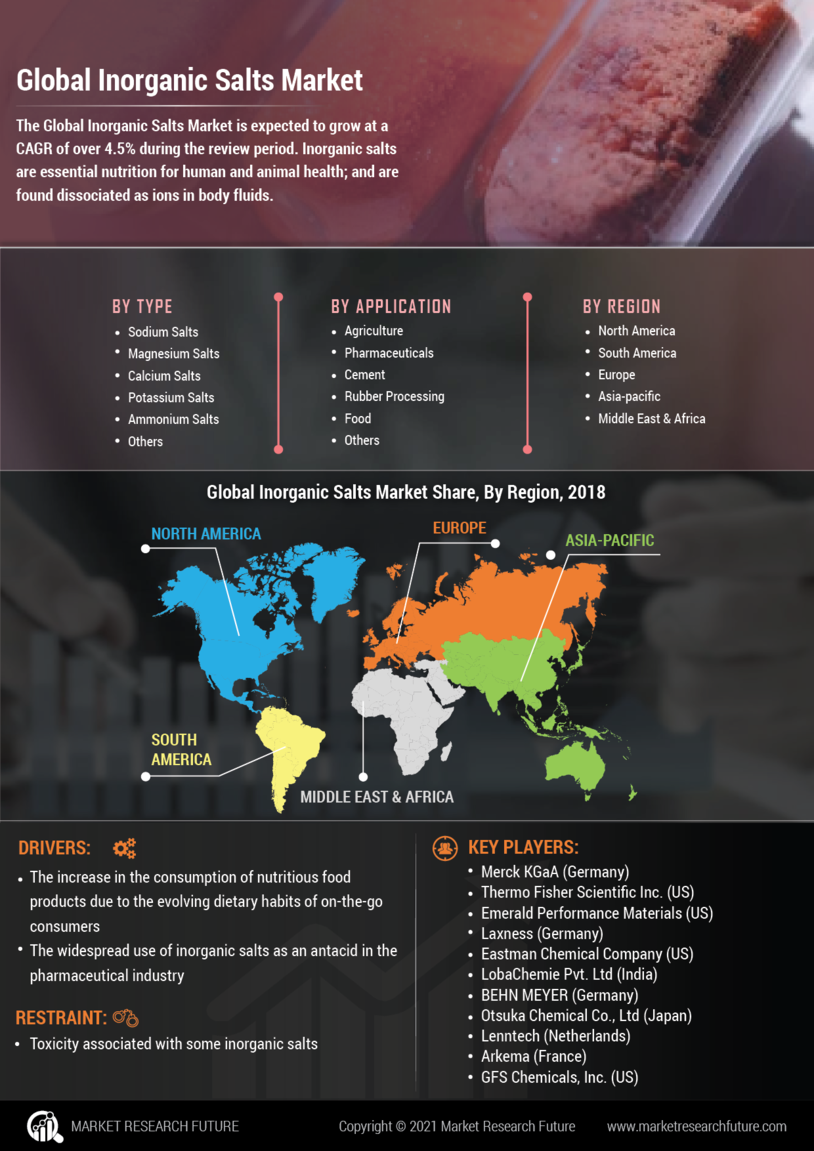

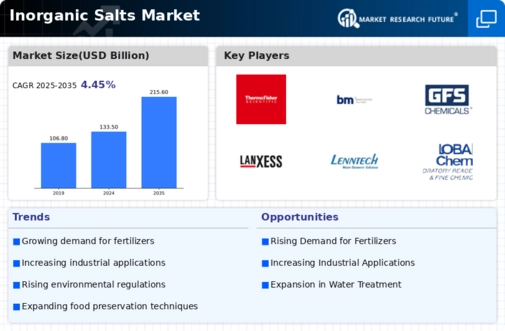
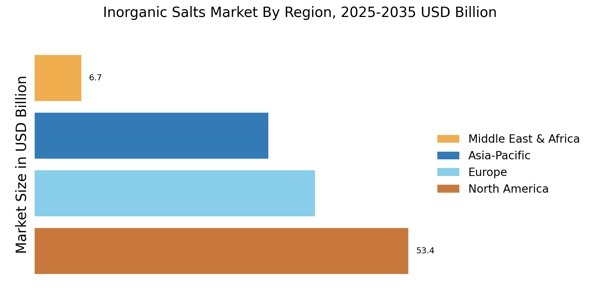
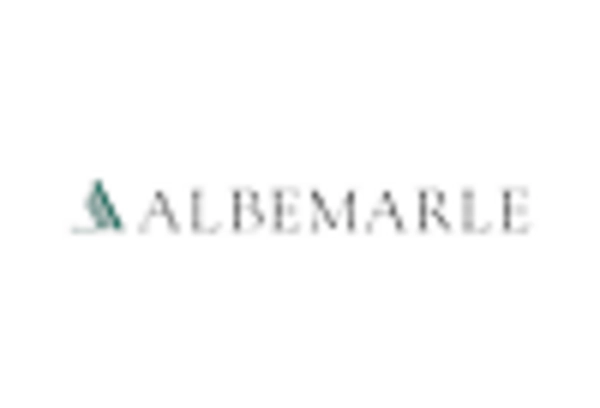
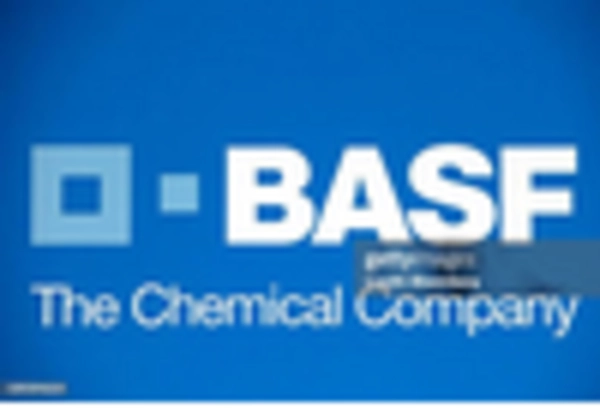
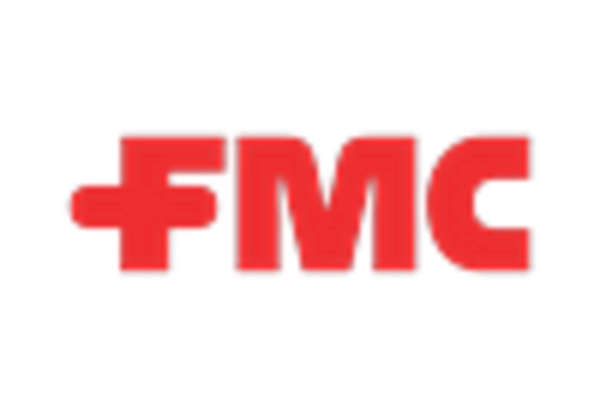
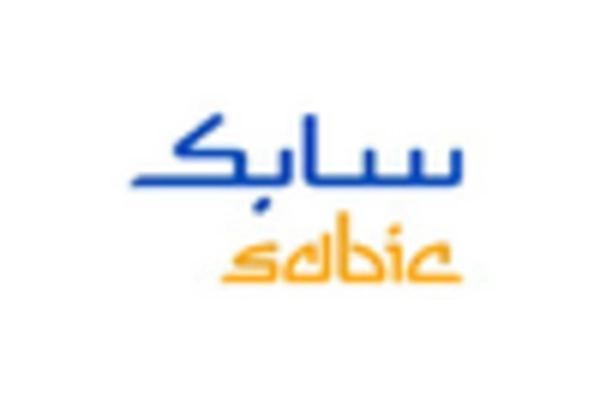
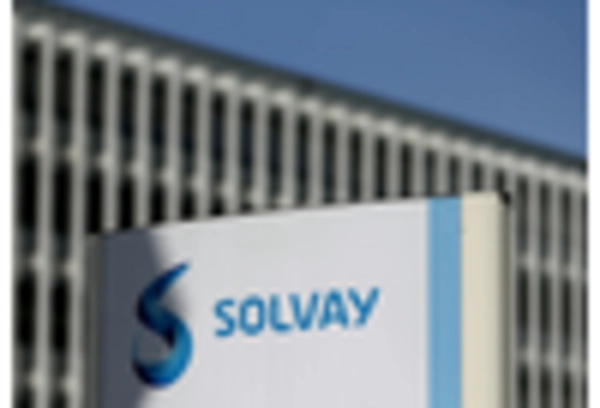
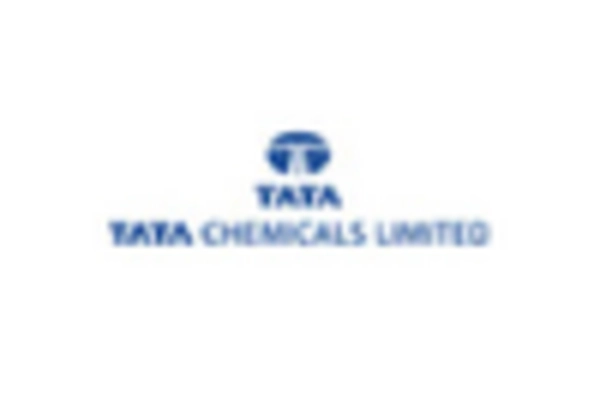








Leave a Comment